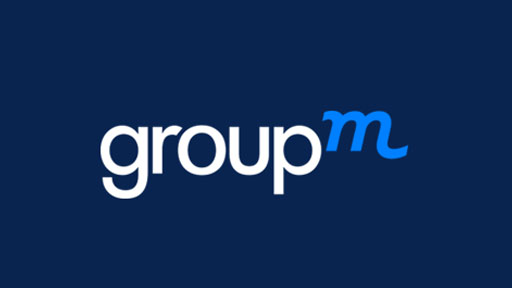Federico de Nardis, GroupM Sub Saharan Africa CEO, says ‘The Great Disruption’ is here and these are dangerous days for advertisers, at least those who have used television as the foundation of their communication strategy.
Google and Facebook on the one hand and Netflix on the other have structurally undermined a century-old economic model: the former two by advertising-led monetising of intent and social interaction in the absence of content, and the latter one by monetisation of content in the absence of advertising.
In the former instance, massive outflows of cash combined with a diversion of attention from print media eviscerated the legacy publishing model. In the latter, the creation of an appetite for ad-free video diverted time, attention and money from traditional ad-supported television.
As the third decade of the 21st century begins, the question is: How long can these companies continue to thrive? The position of these three companies in the West, at least, seemed impregnable only two years ago. Now they continue to grow in both volume and share, but at decelerating rates and with clear vulnerabilities that may impose significant change.
In GroupM’s top 15 markets as defined by total billings, Google and Facebook represent 19% of the total. This includes all of Facebook’s individual platforms and the Facebook Audience Network, as well as all Google search, display and video, including any revenue ultimately repatriated to publishers. Google is the largest supplier to our clients. Facebook is fourth. The pair is separated by The Walt Disney Company and Comcast. Had the merger activity of 2018 not taken place, Facebook would have been second, with a big gap to Google and a slim one to Comcast.
In the case of Google and Facebook, the data assets that laid the golden egg of targeted advertising are now questioned. Regulators have identified consumer harm, the enablement of criminality and the undermining of democracy as sufficient reason to demand radical change.
It’s not altogether surprising that many competitors, commentators and regulators are calling for some variation of a break on growth or a breakup of corporate entities. So far, regulators have been content to fine Google and Facebook. The sums are large in any normal corporate context, but little more than an inconvenience to these companies. It seems certain that the fines will rise and the calls for breakup will get louder in 2020.
Who or what threatens Google and Facebook?
Regulation is easily the biggest threat. A boycott by advertisers is no threat at all; advertisers go where the customers are. Of greater significance is what Facebook and Google might do to themselves. Facebook’s announcement of the consolidation of the data engines of WhatsApp, Messenger and Instagram in the name of end to end privacy should be seen alongside its energetic development of Instagram commerce and Libra. Messaging, storefronts, commerce and currency represent a radically evolved model for the company. These initiatives will be viewed by some politicians and regulators as aggressive moves, and may see a backlash as a result.
At Google, the threats are three-pronged. Regulators appear focused on their ownership of Android, the social consequences of YouTube and their market dominance in both search and the ad tech ecosystem.
Google’s grip on app revenue is also loosening, as a number of major developers are bypassing the Play Store – because they are able to and perhaps because they believe Google is in a less-strong position to enforce its gatekeeping position. Google realises that the cash cow of search is challenged by Amazon in product and by vertical players in travel and finance.
It’s possible that Google will hold station in search and shift the YouTube brand entirely to curated content and a virtual multichannel video programming distributor on a global basis in order to protect its ownership of Android and position in ad tech. In that configuration, Google can maintain its runway at a reduced level of controversy as it builds its credentials as a dominant player in ad-funded video and becomes the ‘anyone but Amazon’ partner to those with e-commerce aspirations. In turn, this may enable the longer-term bigger bets of both Google and Alphabet to play out successfully in cloud, autonomous vehicles, health care and other associated life science endeavours.
Smaller companies could also pose threats, if minor ones in the near term. In advertising specifically, Twitter and Snap are resurgent and valuable to advertisers, but, like Pinterest, they are still small. Elsewhere, TikTok has zoomed into public consciousness. However, there is a view that TikTok is susceptible to brand safety issues.
More broadly, all eyes are on Amazon and the multimillion (billion) dollar question: is purchase data the highest fidelity signal of all? If so, and if Amazon disrupts the ad tech status quo following its acquisition of the ad-serving assets of Sizmek, both Facebook and Google will find a new competitive threat. Advertisers great and small will have a new route to market.
Across all of these titans – Google, Facebook and Amazon – the bargain becomes ever more complex for the largest advertisers. Business performance is blending with ethical concerns, many channels to market are also competitors, and the information asymmetry between the platforms and their customers has never been greater. The walls of the walled gardens get ever higher.










